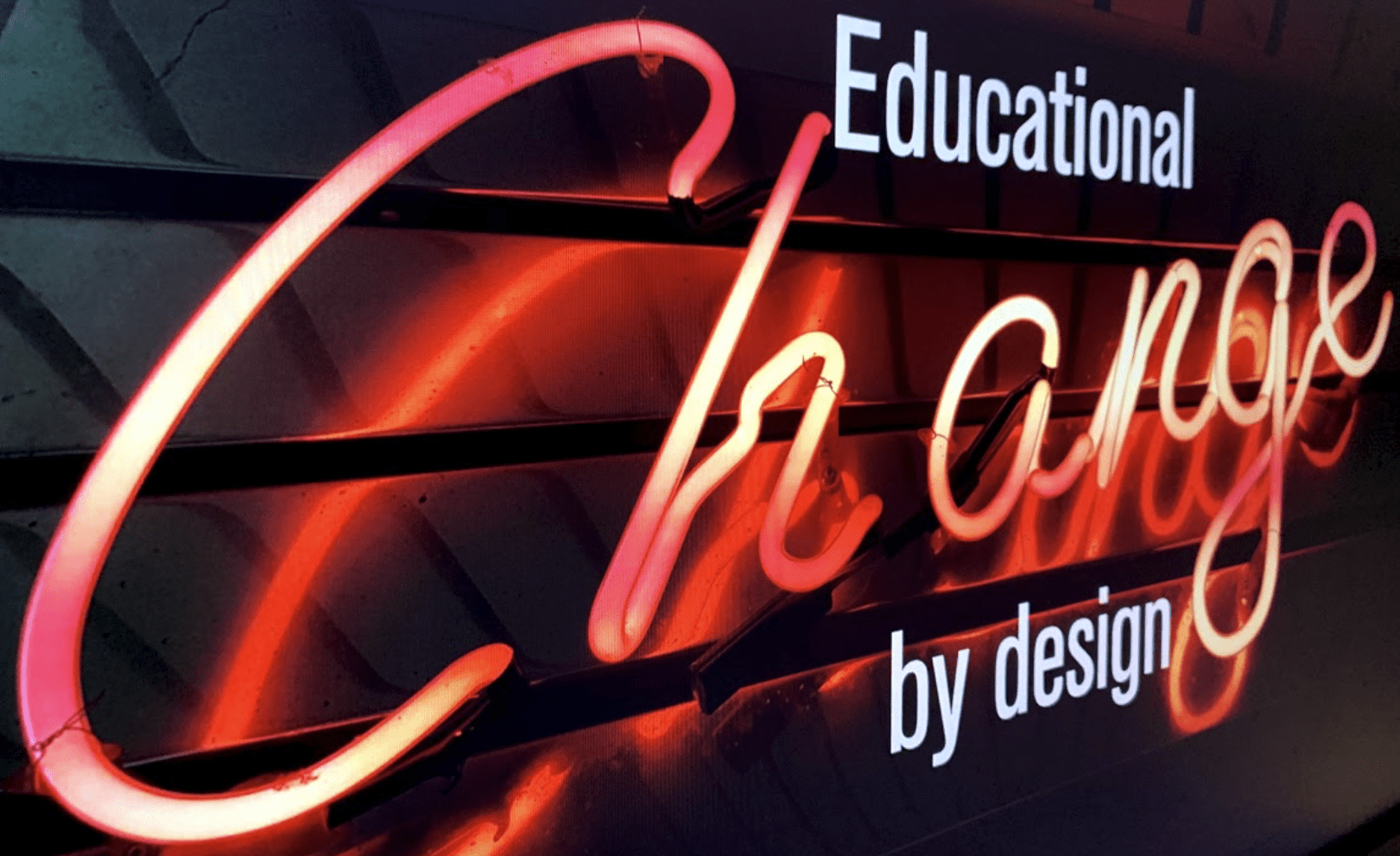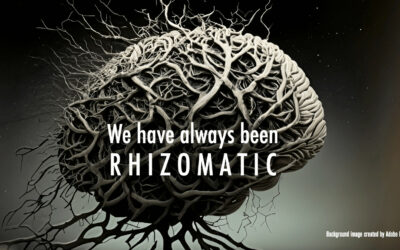How do we design a school for the future? This recent article seeks to capture (in the form of a case study) our recent experience in designing such a school. The design process was a collaborative process involving a partnership with a local school district and the design initiatives team at the Teachers College. More about that here and here. Abstract and citation below.
Abstract
This case study, framed within a school–university partnership, highlights the tensions inherent to employing design-based approaches for educational change. The case illustrates core tensions between an abductive, open-ended, design-based approach to change versus more traditional (deductive/inductive) approaches to managing change in schools. The design process serves as a way to break away from the traditional “grammar of schooling” (Tyack & Tobin) in a system unaccustomed to radical change. The case highlights the challenges of maintaining fidelity to the design process within a range of logistical and resources constraints, such as the time available to participants to engage in the process, and the difficulty of rapidly prototyping a new school model within an existing educational ecosystem. In the teaching notes, we recommend a theoretical lens and set of questions for educational leaders to reflect on as they consider approaches to educational change in their own settings.
Wyatt, L., Scragg, B. S., Stein, J. Y. G., & Mishra, P. (2020). Educational change by design: Creating a school of the future. Journal of Cases in Educational Leadership. https://doi.org/10.1177/1555458920979838




0 Comments